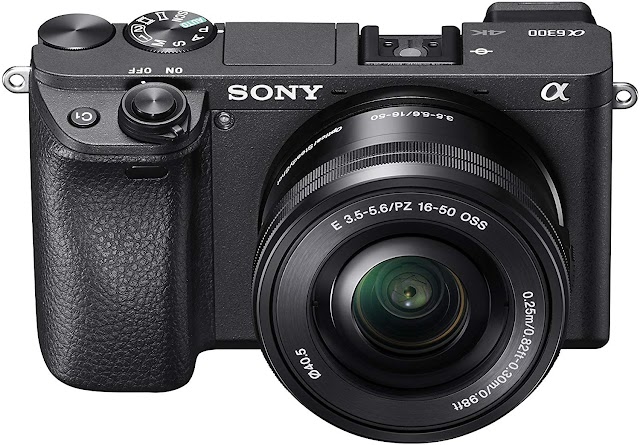If you want a portrait photo, what lens do you want to bring? 35mm, 50mm, 85mm, 100mm or 135mm? Yes, if you can, all of them, but if you bring everything, does the bag fit? One solution is the Tamron lens 35-150mm f / 2.8-4 VC OSD. This lens is a lens that includes a full frame DSLR sensor, and of course it can also be used in APS-C sensors. When installed in the APS-C sensor camera, the focal distance seems even more telephoto, which is around 52-240mm. Flexible right?
This lens is not exactly a compact lens, because its diameter is 77mm and it weighs 790 grams. But small and big something that is relative, when compared with a 70-200mm f / 2.8 lens, Tamron is approximately 800 grams lighter, not too significant right? The lens is not too long, but the diameter is quite large, equivalent to other high-class lenses. The filter size for this lens is 77mm, similar to pro DSLR zoom lenses in general.
Tamron seems to have learned that most photography hobbyists today like compact and small gear, but the quality is good, the proof is that the Tamron FE 28-75mm f / 2.8 for Sony is selling well.
In the days of film cameras, zoom lenses ranging from 35mm to telephoto focal distances were quite a lot. Tamron itself once made 35-105mm f / 2.8. But nowadays it is not common and DSLR cameras are becoming obsolete by photography hobbies since 4-5 years ago.
When brought together with the Tamron ultra wide lens that first circulated, the Tamron 17-28mm f / 2.8-4 VC OSD is very interesting for travel photography because it covers the focal distance of 17-150mm. Its total weight can be reduced a lot more than just carrying three trinity zoom lenses: 16-35mm, 24-70mm and 70-200mm, and more flexible than just carrying a zoom lens like 24-105mm.
This new lens unfortunately has a variable aperture, meaning its maximum aperture changes from 2.8 at 35mm to f / 4 at 150mm. However, I think this is a good compromise because if the maximum opening is f / 2.8 the lens will be large and of course the price is very high.
From my experience trying this lens with a Nikon D600 DSLR camera (24MP, Full frame), the lens's performance in recording fine details, contrast is rather low, the background unfocused (bokeh) is very smooth and pleasing to the eye even though this lens is not a single opening coma.
For autofocus performance, the Tamron OSD motor is quiet and smooth, quite fast but not a professional level. The performance is quite good and not noisy on Nikon cameras, on Canon cameras I think it will be much better because of the Dual Pixel AF system. In backlit light conditions the Nikon D600 camera's autofocus system and lens sometimes have difficulty locking focus (hunting).
This lens is equipped with VC (Vibration Compensation), a stabilizer which is claimed to be able to stabilize up to 5 stops. In trying, I managed to get a sharp photo with a shutter speed 1/8 second at a focal distance of 150mm.
Excess Tamron 35-150mm f / 2.8-4
- The picture quality is good, especially the bokeh / blur.
- Size is not too big & heavy
- Lens focal distance is interesting and quite practical in various types of photography
- Stabilizer (Vibration Compensation) effective
Weakness
- The speed of autofocus is good but not the fastest.
- Vignetting is quite high in the largest openings, especially at 150mm.
Conclusion
Tamron 35-150mm f / 2.8-4 VC OSD is a different zoom lens in general. Looking at it from its focal distance, this lens is suitable for various types of photography, including portrait, travel, wedding, photojournalism, even landscape. Combined with a 17-35mm f / 2.8-4 Tamron lens, we are ready to take pictures in all conditions. This lens is not a heavy duty lens and is not a SP (Superior) label, meaning that it is not made for professionals. This is felt from the autofocus which, although not slow, is not as fast as the Tamron 70-200mm f / 2.8 G2 lens that uses a faster USD (ultrasonic) motor.
Overall, I like the lens and appreciate Tamron's steps to design a zoom lens with this unique focal distance, which is not only relatively affordable but also has good quality.





0 Comments